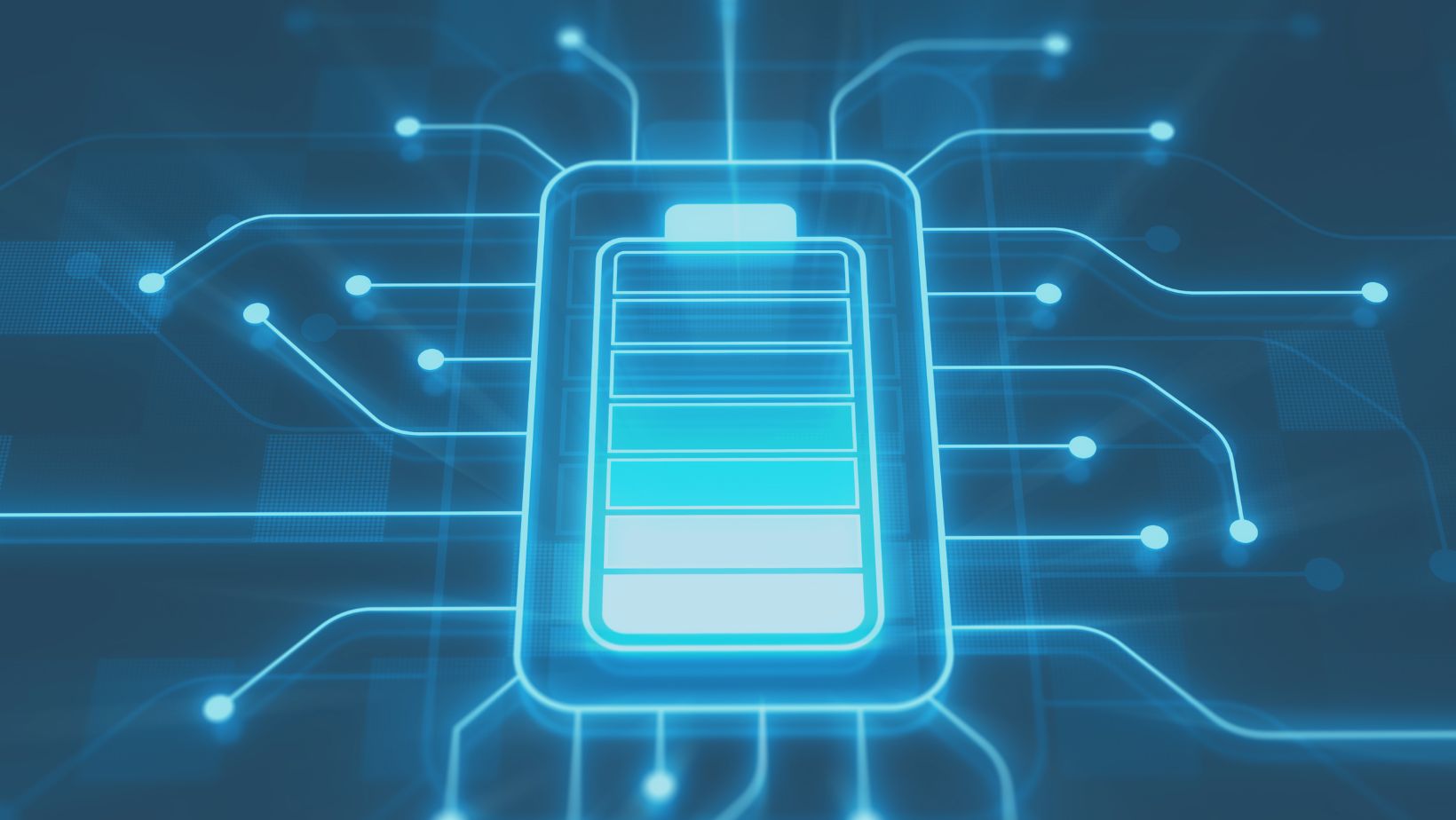The adoption of IoT technology has rapidly increased over the past couple of years, leaving its footprint in many industries including agriculture, manufacturing, automotive, healthcare, transportation, and logistics, to name a few.
Devices utilized for IoT applications can range from simple temperature measurement tools to components of more complex systems.
In agriculture, IoT sensors are employed to monitor soil moisture, temperature, and nutrient levels. This allows for the optimization of irrigation, fertilization, and pest control. In healthcare, IoT sensors are typically embedded in wearable devices used to monitor an individual’s health. These can take the form of smartwatches used as fitness trackers, monitoring heart rhythm and sleep patterns. Other devices, such as pacemakers, use IoT sensors to monitor the patient's natural heart activity. The applications for IoT sensors span numerous fields.
The purpose of this whitepaper is to provide an overview of how to tackle the problem of power management in IoT devices.
Agenda:
-
Basic description of the linear regulator and switching converter
-
Comparison of their pros and cons will be compared
-
Which one is more suitable for usage in an IoT device with several power modes?
-
More detailed dive into the switching converter and its challenges when operating with a large dynamic load range, and very low load conditions where buck converters are often not used.
Download the white paper:
 ASIC Design Solutions
ASIC Design Solutions
 IP Platforms
IP Platforms
 Semiconductor Manufacturing
Semiconductor Manufacturing
 Test Services
Test Services
